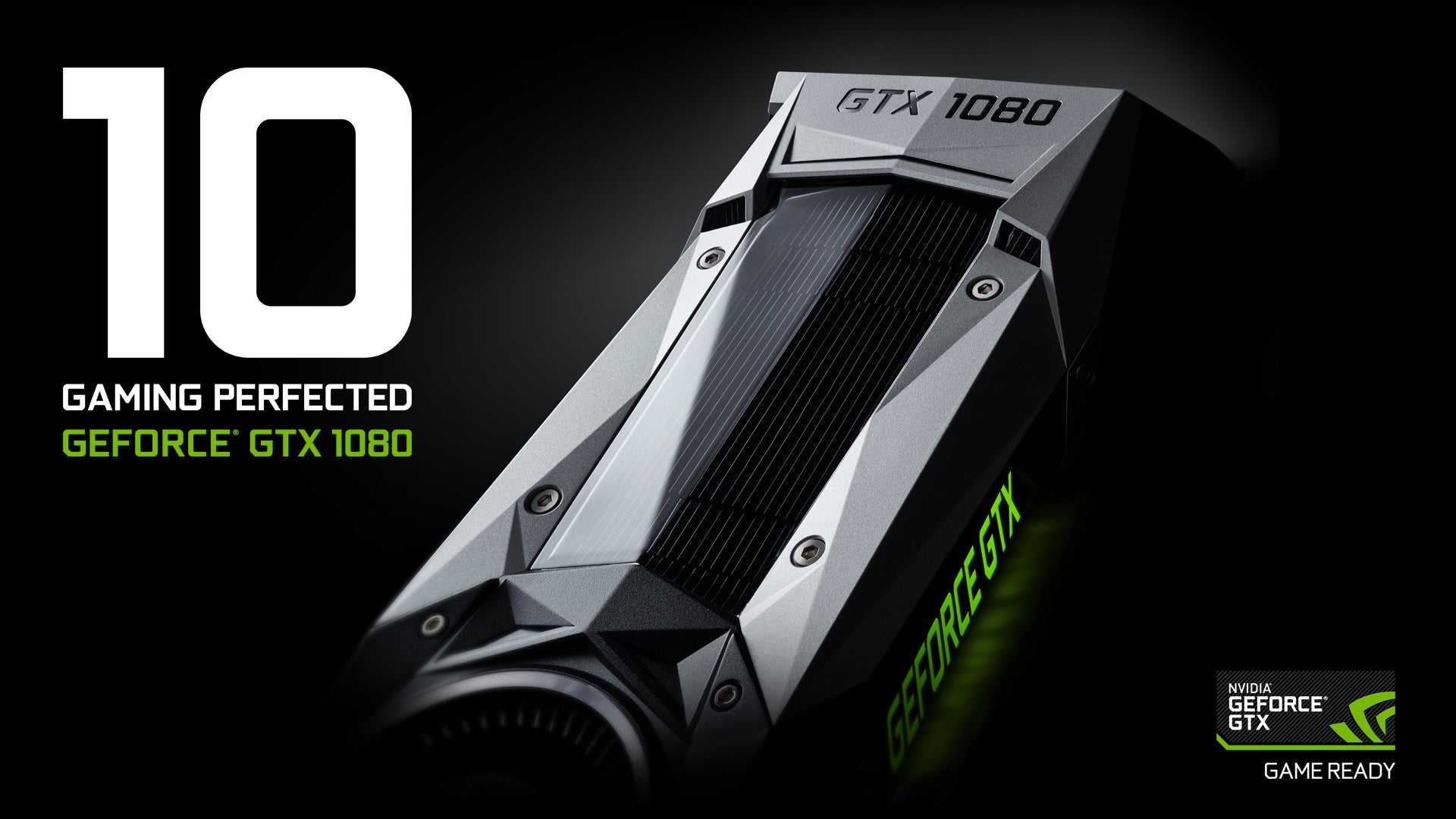Nvidia has confirmed that the next major driver series, version 580, will be the last to offer support for three GPU architectures: Maxwell, Pascal, and Volta. This means that the boards from the GeForce GTX 700, GTX 900, GTX 10, and Titan V families will stop receiving driver updates starting with version 590. The latest Steam Hardware Survey from May 2025 reveals an interesting fact: two of these discontinued cards, the GeForce GTX 1060 and the GeForce GTX 1050 Ti, are still among Steam’s top 20 most-used graphics cards. Intriguingly, roughly 2.96 million people still use a GTX 1060, while another 2.28 million users have the 1050 Ti. Although it is common for manufacturers to cease updating hardware around 8 to 11 years after release, these figures illustrate the scale of dependency on these older cards. For users running Linux or Unix systems, the end of support means these GPUs will no longer receive error fixes, optimizations, or security patches after driver version 580. On Windows, the driver architecture is similar, so the same applies shortly thereafter. If you still have a GTX 1060, 1050 Ti, or another of these older GPUs, you will lose access to new driver versions once version 590 arrives. There will be additional months or even half a year of updates for version 580, providing enough time to consider replacing your card or continuing with the one you have, knowing that support will also end. In practice, what changes:
– Users of discontinued Nvidia GPUs (GTX 700, GTX 900, GTX 10 series, Titan V) will lose driver updates and support after version 580. – Linux and Unix users specifically will stop receiving essential patches, optimizations, or security fixes for these GPUs post-driver 580. – Windows users will face a similar situation shortly after the Linux/Unix update cessation. – Users should plan ahead to either upgrade their GPU or prepare for the end of support and lack of further driver updates.
Have any thoughts?
Share your reaction or leave a quick response — we’d love to hear what you think!
